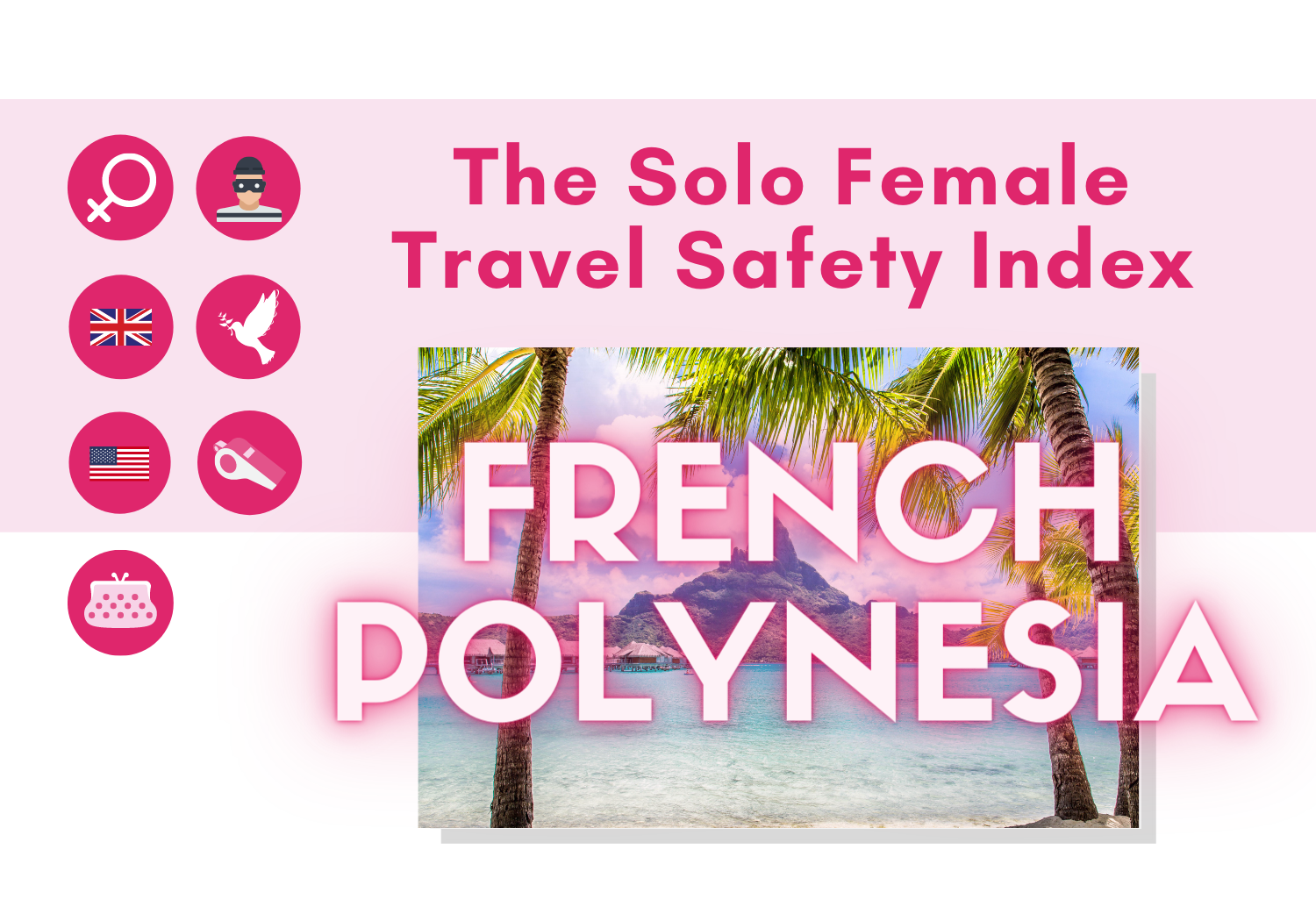This post may contain affiliate links. For full information, please see our disclaimer here and our Privacy Policy here.
Welcome to the Solo Female Travel Safety Tips and Advice page for French Polynesia!
This page is brought to you by Solo Female Travelers Tours, our curated small group trips for women, by women.
On this page you will find first-hand, unbiased, and real safety tips, advice and reviews from women traveling solo, submitted directly from their personal experiences in the country.
Their opinions are unfiltered and submitted independently as part of the Solo Female Travel Safety Index, a ranking of 210 countries and regions based on how safe they are for women traveling solo.
The safety scores range from 1 to 4 with 1 being the safest and 4 being the most dangerous for solo female travelers.
You don’t need to login to read the below reviews. But do sign up or login to share your solo travel experiences, country safety rating and comments.
Jump straight to: Travel Tips | About the Index | Resources I Leave a Review
MAKE A DIFFERENCE – LEAVE YOUR SAFETY REVIEWS!
We can make the world a safer place for women traveling solo together. Sign up to our portal and leave your reviews NOW. Share your experience with other solo female travelers and help us empower more women through travel.
French Polynesia Country data
We have compiled a few data points below that can help you better understand French Polynesia and have more context when thinking about travel safety.
Official country name: Overseas Lands of French Polynesia.
Etymology: The term "Polynesia" is an 18th-century construct composed of two Greek words, "poly" (many) and "nesoi" (islands), and refers to the more than 1,000 islands scattered over the central and southern Pacific Ocean.
Country map
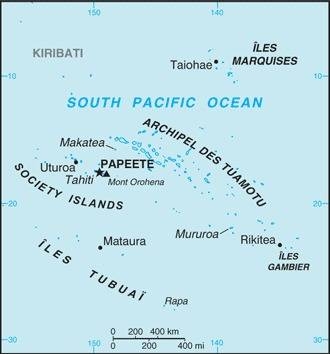
Locator map

Flag
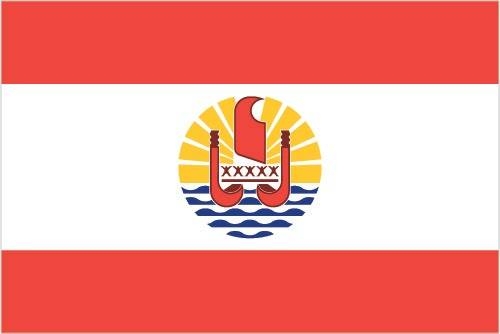
Capital: Papeete (located on Tahiti).
Independence / foundation: French polynesia is still an overseas lands of France. In 1880, King Pomare V ceded Tahiti and its possessions to France, changing its status into a colony. France granted French Polynesia partial internal autonomy in 1977 and expanded autonomy in 1984.
French Polynesia was converted into an overseas collectivity in 2003 and renamed an overseas country inside the Republic in 2004.
Population: 301,488.
Currency: CFP Franc (XPF)
1 USD = 109.5 - 111.55 XPF
1 EUR = 119.68 XPF
Time zone: UTC-10
Languages spoken: French (official) 73%, Tahitian 20%, Marquesan 3%, Austral languages 1%, Paumotu 1%, other 2% .
Religions: Protestant 54%, Roman Catholic 30%, other 10%, no religion 6%.
Climate: Tropical, but moderate.
Real GDP (ppp – purchasing power parity): $5.65 billion.
Real GDP per capita (ppp): $18,600.
Main airports: Tahiti-Faa'a International Airport.
World heritage sites in French Polynesia

There are over 1,100 world heritage sites spread across more than 165 countries. New ones are added every year, and some may be removed from the list for various reasons.
Number of UNESCO listed sites: 1.
Top world heritage sites:
The large Marae complex of Taputapuātea.Interesting facts about French Polynesia
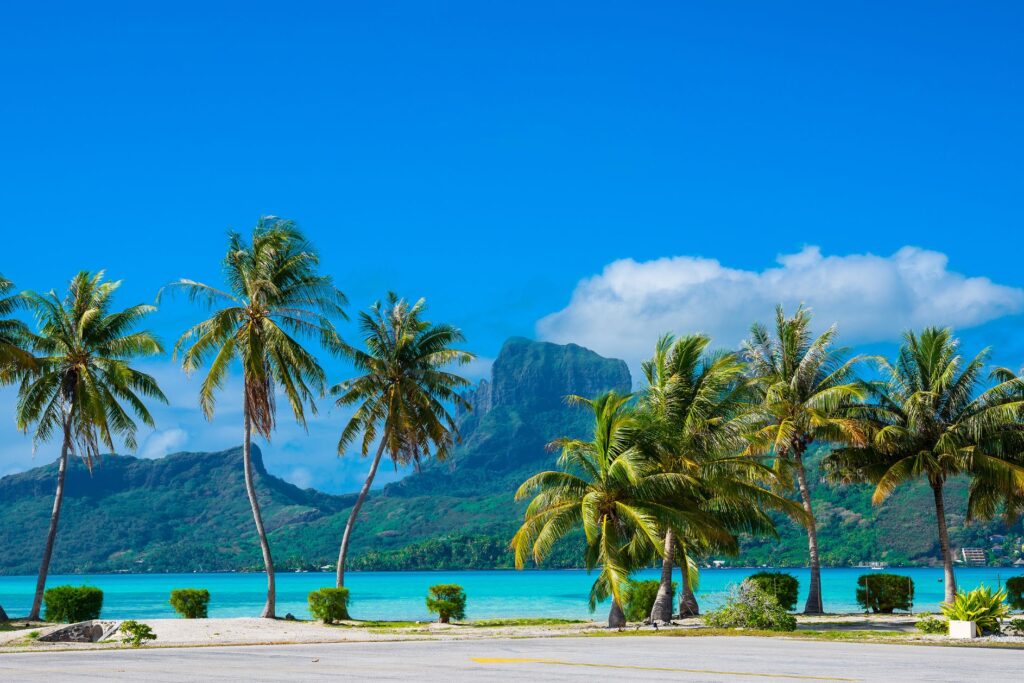
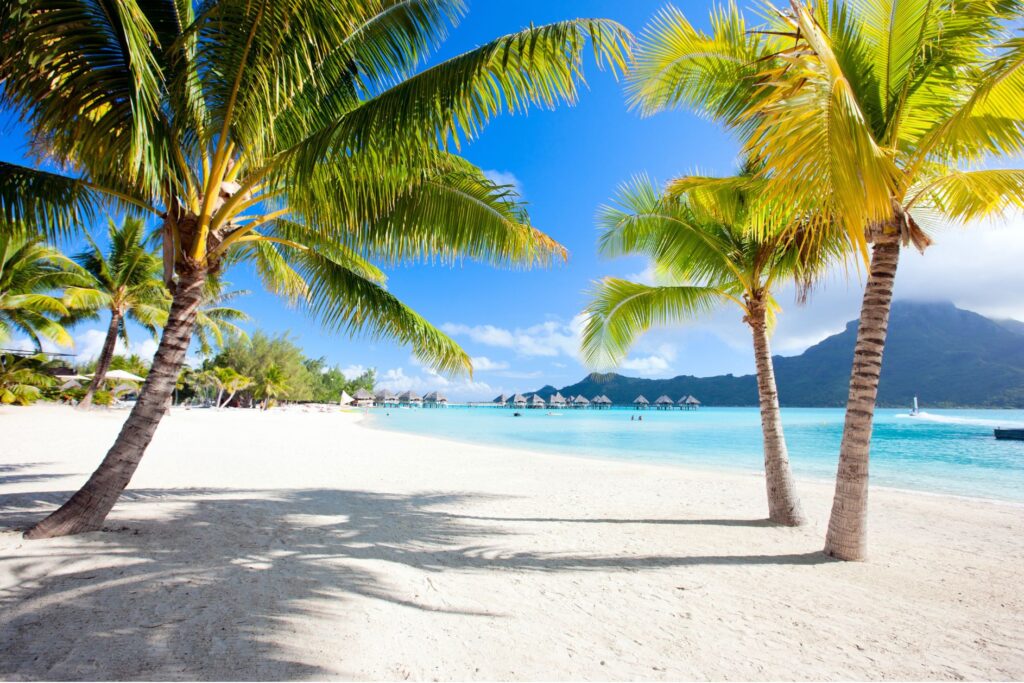
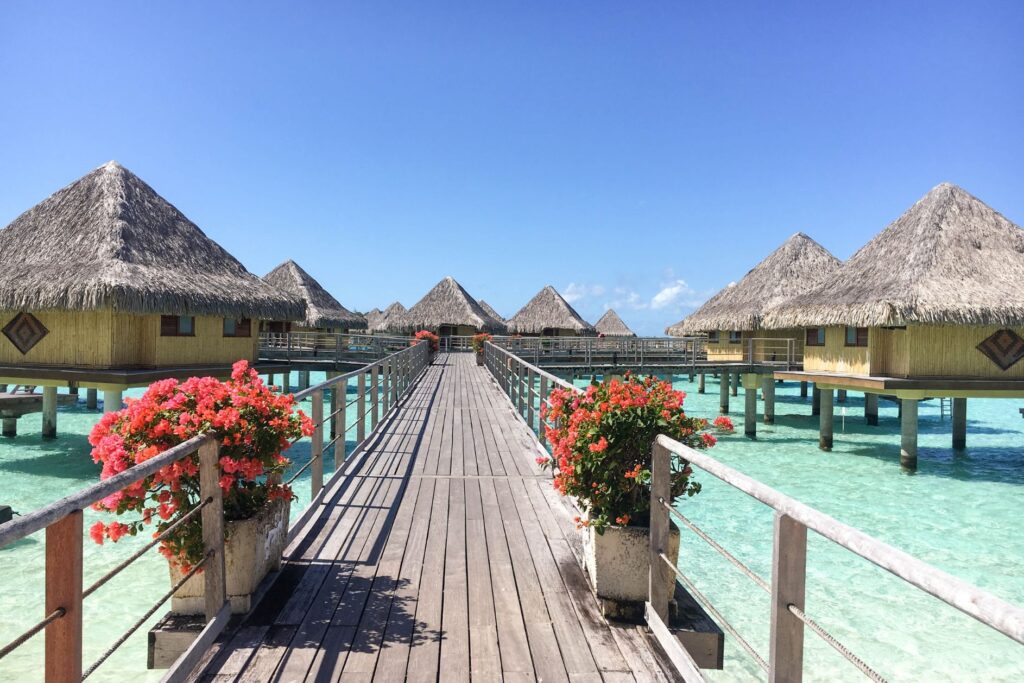
- The word “tattoo” comes from the Tahitian word “tatau”. Tattoos are considered signs of beauty among Polynesians.
- The Tahitian alphabet consists only of 13 letters: the vowels a, e, i, o, u and the consonants f, h, m, n, p, r, t and v.
- Thanks to its isolated location there are no poisonous snakes or insects in French Polynesia.
Further reading: N/A.
French Polynesia Travel tips
Socket type: A / B / C / E / F. Guide to socket types.
Weekend days: Saturday and Sunday.
Driving: Cars drive on the Right.
Local taxi apps: TahitiTaxi.
Travel Guides: Lonely Planet.
Languages spoken: French (official) 73%, Tahitian 20%, Marquesan 3%, Austral languages 1%, Paumotu 1%, other 2% .
Basic words and phrases in the main language:
Hello: BonjourPlease: S’il vous plaît
Thank you: Merci
Help: Pouvez-vous m’aider?
Learn more with our favorite learning app Mondly.
Find a hotel in French Polynesia
Booking.comBook tours and activities:
More about French Polynesia on Solo Female Travelers
- Tahiti & French Polynesia tour (join the waitlist)Did you spot any errors? We do our best to keep this information updated and accurate, but things change. If you saw anything that is not right, let us know so we can fix it: [email protected].
About the Solo Female Travel Safety Index
Safety matters to solo female travelers, you told us so in our annual Solo Female Travel Survey, where year after year, women prove that this is their most important concern when traveling solo.
We wanted to do something about it, so we built these country-specific pages where you can find reviews and scores for 7 key variables affecting the safety of women traveling solo.
Variables
- Risk of scam
- Risk of theft
- Risk of harassment
- Attitudes towards women
- UK Travel Advisory
- US Travel advisory
- Global Peace Index (GPI)
Informing OSAC
The Solo Female Travel Safety Score is used by the Overseas Security Advisory Council for including safety concerns for women travelers in their country security reports; OSAC is a partnership between the U.S. Department of State and private-sector security community.
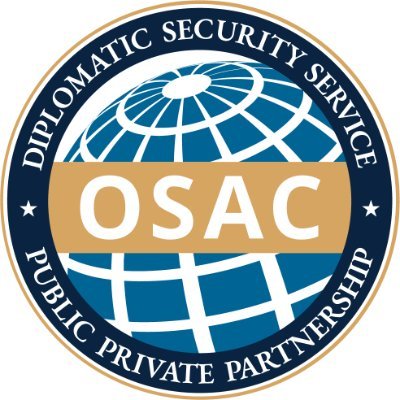
How to use the Safety Index
On this page, you will find the country score and the personal opinions on safety of other women traveling solo.
You can sort the comments by:
- The level of experience traveling solo of the reviewer (beginner = <5 trips solo, Intermediate = 5 to 10 trips solo, Experienced = >10 trips solo).
- The age of the traveler.
- Whether they are a visitor or local.
- The date they were posted.
The safety scores range from 1 to 4 with 1 being the safest and 4 being the most dangerous for solo female travelers.
Thus, the lower the score, the safer the country.
Looking for more safety resources?
This entire website is devoted to helping women travel solo. Check out the links below to learn more:
Solo Female Travel Stats: Results from the the largest, most comprehensive and only global research study on solo female travel trends, preferences and behaviors published.
Thanks to Jacobo Vilella for creating the Solo Female Travelers Safety Index ❤️

